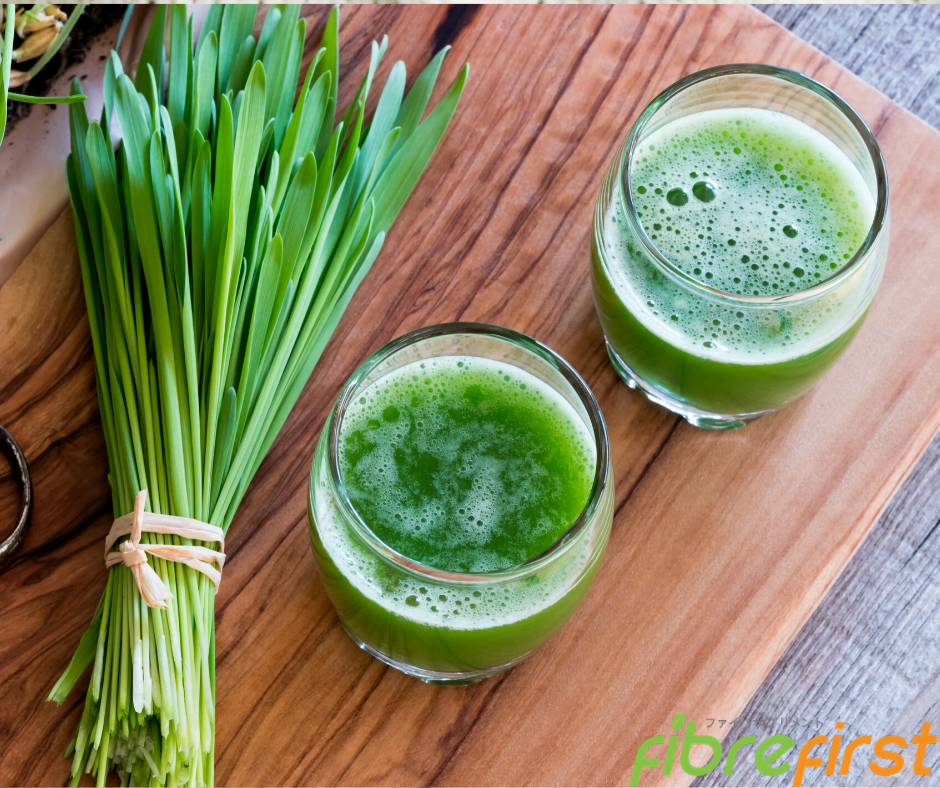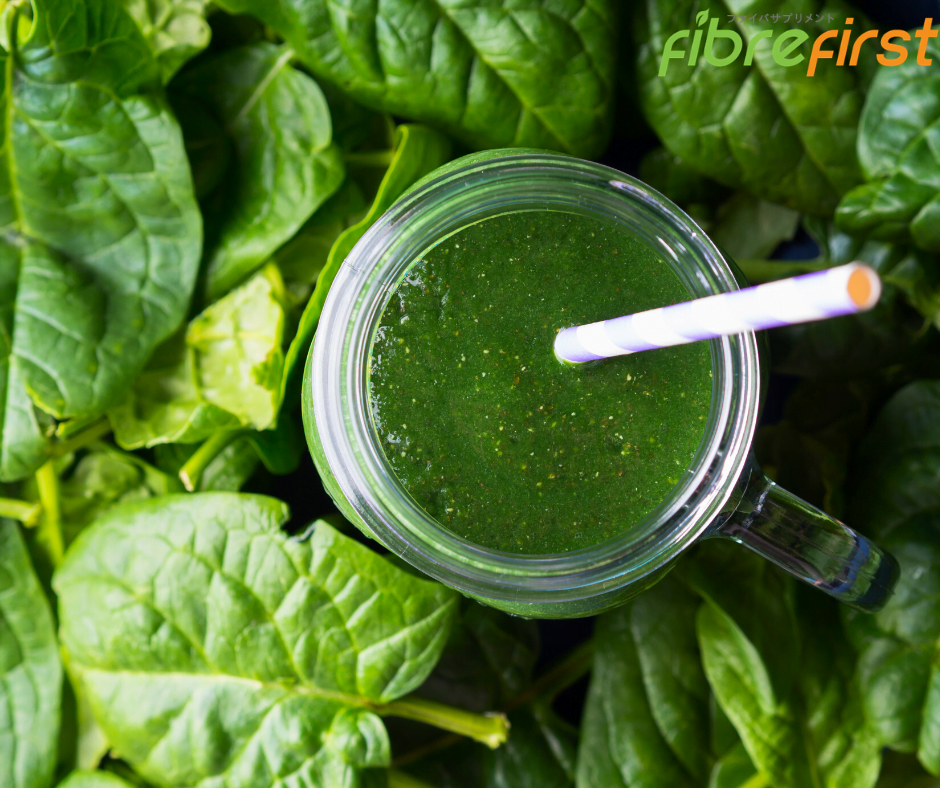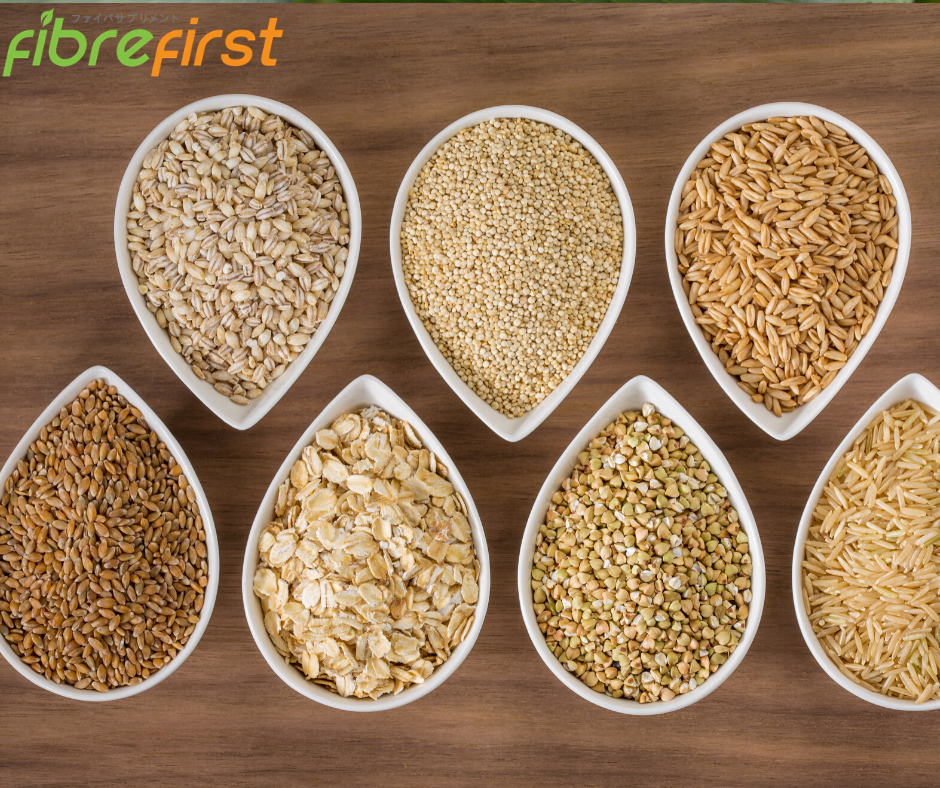Ever heard of a wheatgrass drink? If you haven’t, it’s time to start incorporating this in your daily diet. From juice bars to healthy food stores, wheatgrass is slowly becoming a staple ingredient in natural food and drinks.
 In this article, we will explore some of the wheatgrass health benefits that you should definitely know about. Read on.
In this article, we will explore some of the wheatgrass health benefits that you should definitely know about. Read on.
Superfood
First and foremost, wheatgrass is basically a superfood. It contains a lot of nutrients that make up powerful combinations. These combinations of nutrients are extremely beneficial for our overall health. Simply put, wheatgrass is the way to go for complete nourishment.
Specifically, it contains the following essential nutrients: iron, calcium, enzymes, magnesium, phytonutrients, 17 amino acids, vitamins A, C, E, K, and B complex, chlorophyll and proteins.
Reduces Cholesterol
We all know that too much cholesterol is bad for our body. While it is essential for making hormones and producing bile, it is very important to always keep it in check. Increased levels of cholesterol can result in blood flow blockage and heart disease.
With that said, studies have shown that wheatgrass helps in lowering down cholesterol levels. It’s effects were similar to those of atorvastatin, a prescription drug commonly used to treat high blood cholesterol.
Combats Infection
In 2015, it was found out that wheatgrass can fight off or slow down infection. This is immensely important for those who are allergic to certain antibiotics. With this, wheatgrass can help combat antibiotic-resistant infections.
 Promotes Weight Loss
Promotes Weight Loss
Wheatgrass is also a common choice for people who want to shed off some extra weight. It contains selenium, which is vital for keeping the thyroid healthy and functioning. If you already didn’t know, thyroid is one of our body’s natural weight management tools.
Keeping the thyroid healthy means keeping our body weight in check. Make sure to get at least one shot of wheatgrass first thing in the morning. Moreover, improving thyroid function also translates to treating autoimmune diseases.
![[:en]Wheatgrass, an ingredient of FibreFirst, helps in keeping the digestive system healthy.[:]](https://www.allurewellness.net/wp-content/uploads/2020/04/Untitled-design-22.png)
 Promotes Weight Loss
Promotes Weight Loss![[:en]Spirulina offers a lot of benefits to the body.[:]](https://www.allurewellness.net/wp-content/uploads/2020/04/Untitled-design-14.png)

 Spirulina makes the body active a little longer than usual. This is very convenient when you are in the gym constantly or training for a sport.
Spirulina makes the body active a little longer than usual. This is very convenient when you are in the gym constantly or training for a sport. ![[:en]Avocados are considered a good fat.[:]](https://www.allurewellness.net/wp-content/uploads/2020/04/FF8.png)

 Soya
Soya![[:en]Consuming fiber-rich food and supplements helps lower your cholesterol levels naturally.[:]](https://www.allurewellness.net/wp-content/uploads/2020/04/FF6.png)
 Moreover, non-aerobic exercises such as walking, yoga and Pilates will also contribute to moderately decreasing cholesterol levels.
Moreover, non-aerobic exercises such as walking, yoga and Pilates will also contribute to moderately decreasing cholesterol levels. 
![FF5 [:en]Incorporating fibre in your diet helps you become healthier.[:]](https://www.allurewellness.net/wp-content/uploads/2020/04/FF5.png)

 ndered The type of fibre that is perfect for this job is the soluble kind. Soluble fibre absorbs harmful compounds before the body does. Some of these harmful compounds are excess estrogen, unhealthy fats and more.
ndered The type of fibre that is perfect for this job is the soluble kind. Soluble fibre absorbs harmful compounds before the body does. Some of these harmful compounds are excess estrogen, unhealthy fats and more. 



